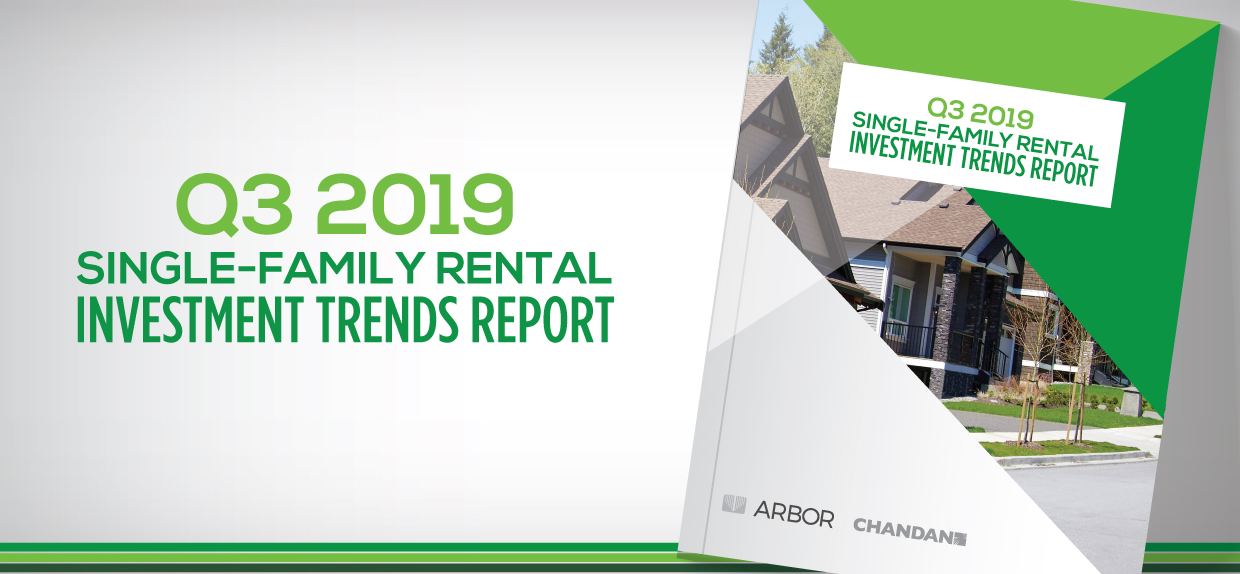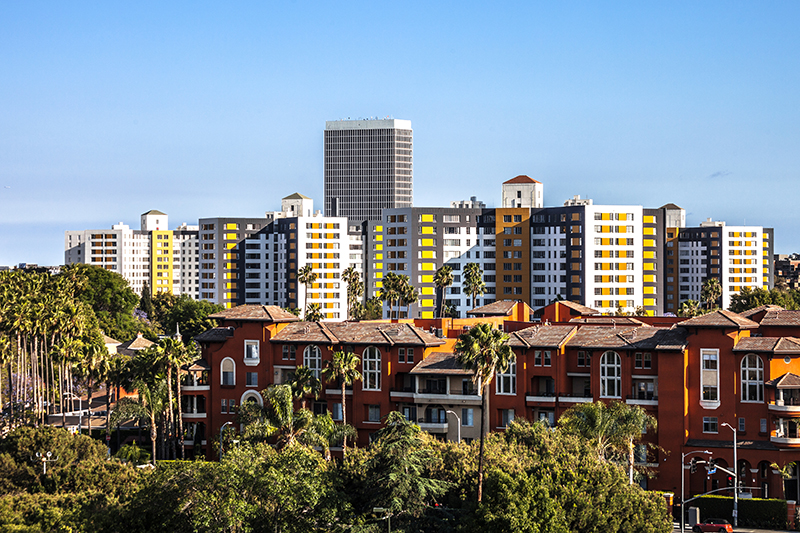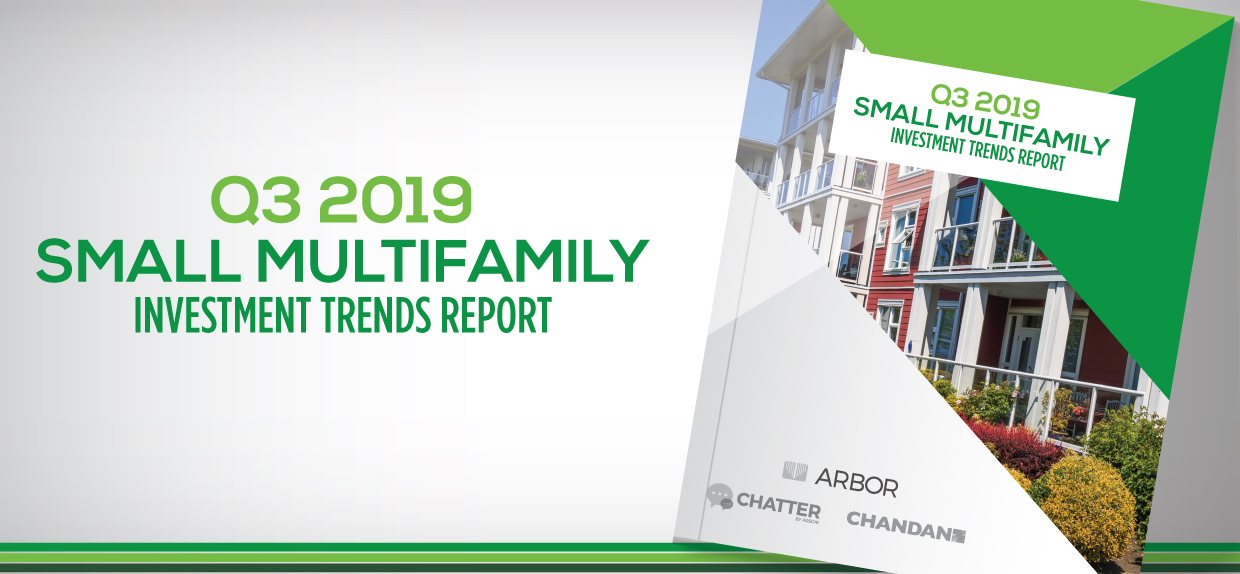The single-family rental sector (SFR) enjoyed its best year on record in 2021, as demographic and pandemic-related forces combined with growing investment enthusiasm. This report provides an in-depth look at the SFR market with exclusive data and analysis on its performance. Key Findings: Cap rates dipped to 5.3% in fourth-quarter 2021 — a new all-time low Vacant-to-occupied (V2O) annual rent growth remains robust, hitting 13.5% through October Occupancy rates edge down to 94.8% in the third quarter, just 50 bps off their generational high Complete the form to instantly access the full report!
Research
The initial year-end 2021 estimate of new multifamily lending volume on loans with original balances between $1 million and $7.5 million1 — including loans for apartment building sales and refinancing — surged to $85.4 billion. The estimate is a substantial step-up from previous 2021 annualized estimates, reflecting a sizable increase in originations at the end of the third quarter through the end of the year.
Our quarterly report on the current and emerging small multifamily investment trends features data and research from Chandan Economics. The report reviews the state of the market, identifying trends in underwriting, financing, cap rates, valuation and more. In the report, you’ll learn how small multifamily properties differ from larger properties, and the forces driving their investment performance. Key Findings: Small multifamily originations jump by 48.1% in 2021, reaching $85.4 billion. The refinancing share of originations has settled back near a normal, pre-pandemic range. Asset prices rose a robust 9.7% from a year earlier. Complete the form to instantly access the full report!
Articles
The general sentiment of the 2022 NMHC Annual Meeting seemed positive—reflecting strong performance of multifamily assets, high transaction volumes through 2021, and optimism for a good year ahead. Of the many dynamic topics presented on-stage and overheard in the corridors during the 2022 NMHC Annual Meeting, three that merit special mention and industry consideration for the year ahead are: shifts in renter preferences, rent control, and institutional excitement for single-family rentals.
How will inflation, tightening monetary policy, and labor shortages affect housing in 2022? Ivan Kaufman, Arbor Realty Trust’s Chairman and CEO, and Sam Chandan, NYU Stern professor and founder of Chandan Economics, reflect on the past year and the year ahead in this special report. Key Findings: Labor shortages and a consumption shift toward goods over services are key factors contributing to supply chain disruptions, stoking inflation. The Federal Reserve’s monetary tightening is front and center heading into the new year as the central bank anticipates three rate hikes in 2022 and 2023, setting the stage for higher costs of capital. Historically low vacancy rates reflect a rental housing market where household demand continues to exceed available supply. Changes in where and how people work are allowing Americans to choose housing options across a wider geographic area. Complete the form to instantly access the full report!
Analysis
As the U.S. commercial real estate market continued its recovery from the COVID-19 pandemic-related recession in 2021, the multifamily and single-family rental sectors proved their resilience. Throughout the year we continued to provide unique research and insights into these markets. Here’s a look at our top Arbor Chatter posts from 2021, in case you missed them.
Articles
Inflation concerns, new virus variants, tighter monetary policy and high construction costs are among the top factors set to impact multifamily in the year ahead. Read on for the full lookahead from Arbor and Chandan Economics.











